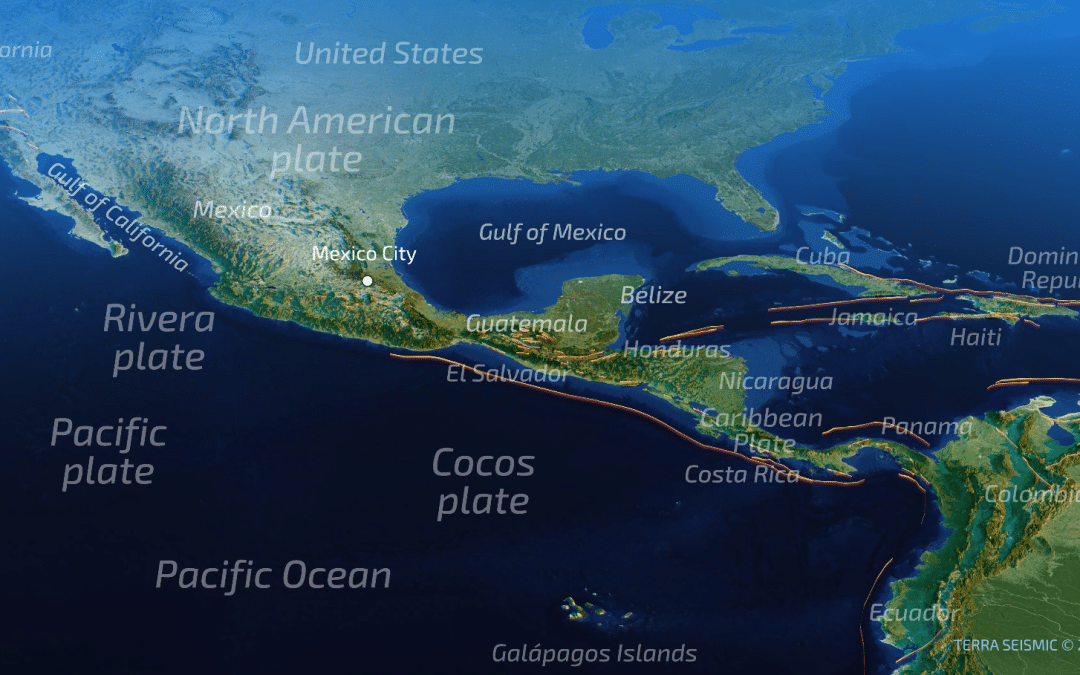The region’s complex tectonic setting largely defines seismicity in Central America, involving multiple interactions between the Caribbean Plate, the Cocos Plate, and the North American Plate. This setting creates a highly active seismic zone with frequent and often severe earthquakes. Here are the main factors that contribute to the seismicity in Central America:
Subduction Zones: Central America’s primary source of seismic activity is the Cocos Plate’s subduction beneath the Caribbean Plate along the Middle America Trench. This subduction process is responsible for the generation of powerful megathrust earthquakes.
Transform Faults: Besides subduction, several significant transform faults, such as the Motagua Fault in Guatemala, contribute to seismic activity. These faults result from the lateral sliding of tectonic plates against each other, causing significant earthquakes.
Volcanic Activity: Central America is part of the Ring of Fire, known for its active volcanism associated with subduction zones. The movement of magma and associated tectonic activity can generate volcanic earthquakes, common across the volcanic arc spanning the region.
Crustal Earthquakes: Earthquakes also occur within the overriding Caribbean Plate due to internal deformations and local faults. These crustal earthquakes can be significant but are generally less powerful than those generated at plate boundaries.
Collision and Compression: In some parts of Central America, such as the northwestern part of the Caribbean Plate, there is a complex interaction involving compression and collision with the North American Plate. This interaction can lead to additional seismic hazards.
Tsunami Risk: Seismic activity in Central America poses a risk due to direct shaking from earthquakes and the potential for tsunamis, especially from subduction zone earthquakes along the Pacific coast.
Historical Seismicity: The region has a history of destructive earthquakes, such as the 1972 Nicaragua earthquake and the 2001 El Salvador earthquakes, which have shaped urban development and disaster preparedness strategies.
The convergence of these tectonic processes makes Central America a region of high seismic risk, requiring ongoing monitoring and preparedness to mitigate the impacts of earthquakes on its densely populated areas.

